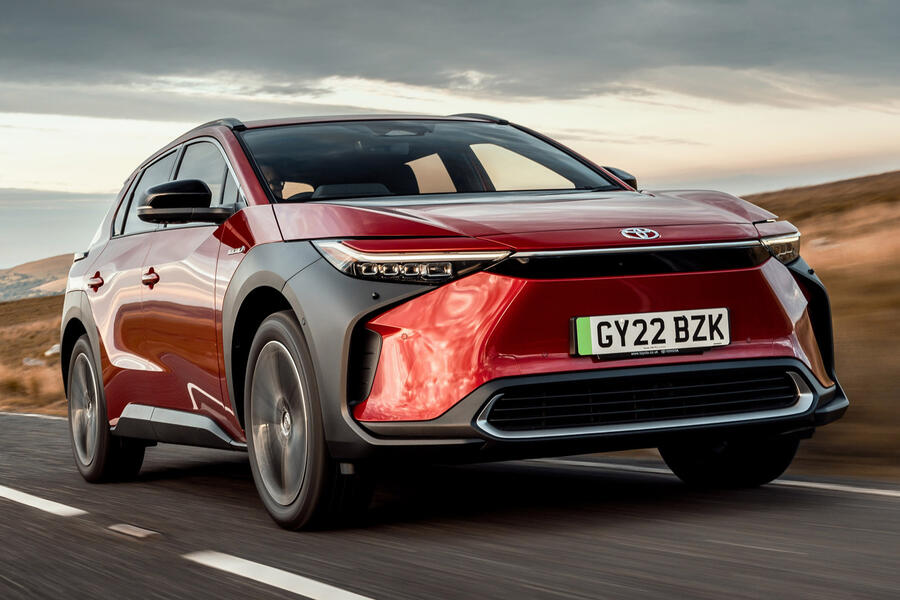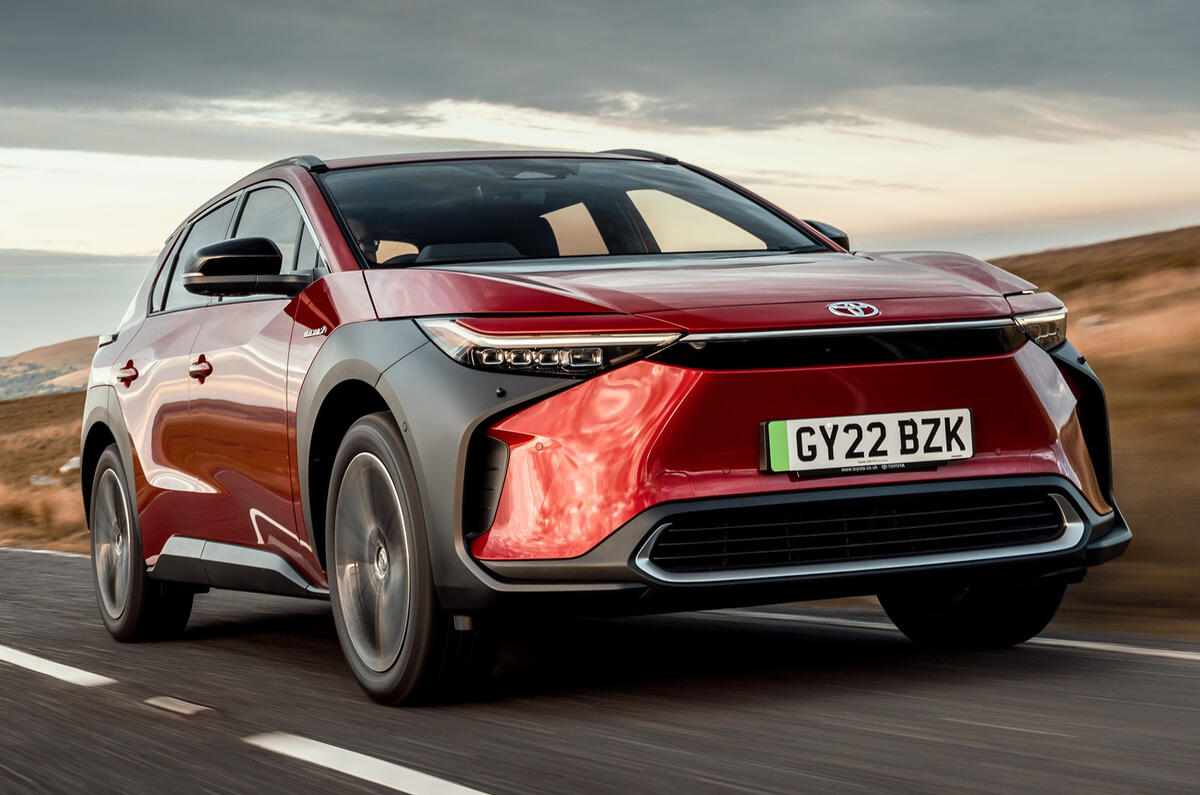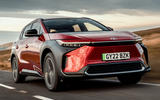Funny how attitudes change so quickly.
Three times last week while out with the Morgan Super 3, I was asked if it was electric. It isn’t, although Morgan has had an electrified three-wheeler before, in 2016, and the new Super 3 has been designed with future electrification in mind.
Beyond that description, Morgan doesn’t want to talk about it at the moment, but you can see how it’d fit, literally and ethically, with the Super 3.
Practically, they could put a modest electric motor where the bevel box for the final drive is, which currently sits and transfers the prop shaft’s rotation from the gearbox through 90deg into a shaft for a pinion to which the drive belt is attached.
Then there’s the lump of engine and gearbox in front and between driver and passenger, plus a fuel tank beneath the occupants and even some space down the edge channels beneath the boot floor, for locating batteries, the inverter and so on.
In ethos, a Super 3 EV would fit, too. European regulations label companies like Morgan and the cars and trikes it makes at ‘micro-manufacturer’ level, which means the products are ‘out of scope’ of some wider regulations around emissions, and the demand for absence of. At least, until legislators rewrite them.
But an EV isn’t a new idea for Morgan, and with the Super 3 and its sci-fi, retro-futuristic Moore-era-Bond-villain-lair-wagon vibe, you could imagine one fitting into the range quite nicely.
It’s not like it needs hundreds of horsepower: the current car shifts nicely with just 118 horses. Or, depending on the owner, like it needs a range of many hundreds of miles. Or to be super-lightweight for ultimate track performance.
If you’re au fait with the whole thing, then, it all makes sense. But what I didn’t expect was for people who hadn’t seen this three-wheeler before or know much about what it was, for one of their first questions to be about whether it was a BEV.
Is it as simple as them having seen a 3 Wheeler before, remembering deep down that it used to have a big engine stuck out of the front, and wondering where it’s gone? Does it look futuristically electrified? Or has public opinion shifted so quickly that it seems logical that an unidentified new car should be an EV?
On the theme, it seems public acceptance of BEVs gave Toyota the hurry-up.











Join the debate
Add your comment
Oh, I liked yous choise, man!It's terrific!
You're so right about the Morgan EV. I remember the video of the prototype screaming out of an aircraft hanger and thinking it would be the car I was prepared to abandon all practical considerations for. At a time when sports cars are becoming ever more anodyne, this would be the antidote - and a perfect example of a fun vehicle not being defined by its power source. Please Morgan, hurry up!